Eco Land Theme Park (에코랜드테마파크)
17.7Km 2023-01-17
1278-169, Beonyeong-ro, Jeju-si, Jeju-do
+82-64-802-8000
Eco Land Theme Park is built in the 1 km² Gotjawal primeval forest. Visitors can explore around in a train that looks like an 1800s steam-powered Baldwin train. The seven Baldwin train look-alikes (Lincoln Train) operated in the park were specially ordered and manually manufactured in the UK. In the large Gotjawal forest with railway trails, visitors can see a variety of plants, animals, and insects living in the mysterious Gotjawal forests, while touring around by special train. It also has a lake for visitors to experience the ecosystem of the forest, take a walk and enjoy a picnic. Besides, there are many things to enjoy including Eco Bridge, Eco Windmill, Picnic Garden, Kid’s Town, Eco Road, Bare Foot on Scoria, Floating Café, and topiary artworks.
Jeju Sunshine Hotel (제주 선샤인호텔)
17.8Km 2021-05-29
481-9, Sinbuk-ro, Jeju-si, Jeju-do
+82-64-780-4100
Jeju Sunshine Hotel is located right along the scenic Hamdeok Beach, making the hotel a great choice for honeymooners, family vacationers, and business travelers. Many of the rooms look out towards the ocean and the sound of the waves provides guests with a natural lullaby. There is also a large grassy field nearby perfect for evening strolls.
The hotel has long-since been a top accommodation in the area, but has recently reopened with improved facilities and better customer services following a year of renovations and staff training. Rooms at the hotel include both Western-style and Korean-style rooms while facilities include restaurants, a cafe, and a bar.
Beachstoryhotel / 비치스토리호텔
18.0Km 2025-03-05
492-5 , Johamhaean-ro, Jeju-si, Jeju-do
+82-64-784-7400
Beach Story Hotel stands right next to Hamdeok Beach, Jeju-do, so guests can enjoy the life of the beach and the sight of the ocean all day long. There’s a choice of guestrooms - twin, double, or ondol - and they are neat and clean. The location on Joham Coast Road means guests can enjoy a drive while admiring the coastal scenery. For walkers, Jeju Olle Trail #19 and the Seoubong Trail are close. The famous Café del Mundo is also nearby.
GS25 - Jeju Hamdeok Branch [Tax Refund Shop] (GS25제주함덕점)
18.2Km 2024-06-26
2, Hamdeok 13-gil, Jocheon-eup, Jeju-si, Jeju-do
-
Olive Young - Jeju Hamdeok-ri Branch [Tax Refund Shop] (올리브영 제주함덕)
18.3Km 2024-04-16
522, Johamhaean-ro, Jocheon-eup, Jeju-si, Jeju-do
-
Hamdeok Seoubonghaebyeon Beach (함덕 서우봉 해변 (함덕해수욕장))
18.3Km 2025-03-31
519-10 Johamhaean-ro, Jeju-si, Jeju-do
Hamdeok Beach is located along Jeju Olle Trail Course 19. It is also referred to as Hamdeok Seoubonghaebyeon Beach due to the volcanic cone nearby. Located just 20 kilometers from Jeju International Airport, the beach is famous for its great scenery of emerald-blue waters, tall palm trees, and white sandy shore. The beach is considered one of Jeju's top three beaches. To the western end of the beach, there is a bridge built over the water. Additional amenities include a grassy field perfect for picnics and a coastal walking trail. In particular, many people visit during summer evenings to enjoy the night sea. Seoubong Volcanic Cone is beautiful in spring when it is covered in yellow canola blossoms. Climbing up to the summit offers fantastic views of the entire area, including Hallasan Mountain on clear days.
Sono Belle Jeju (소노벨 제주(구 대명리조트 제주))
18.5Km 2019-11-04
577, Sinbuk-ro, Jeju-si, Jeju-do
+82-1588-4888
Sono Belle Jeju is an upscale resort located 20 kilometers away from Jeju International Airport on Jeju Island. It has 390 guestrooms with full amenities, as well as a wide range of meeting venues and convenience/dining facilities including five ballrooms and seminar halls, an outdoor garden, cafeteria, convenience store, laundry room, sauna and fitness center.
Jeju Central Park (제주 센트럴파크)
19.1Km 2025-01-08
606, Bijarim-ro, Jeju-si, Jeju-do
+82-64-782-7720
Jeju Central Park is a miniature theme park located in the beautiful scenery of Hallasan Mountain. The park is divided into five different zones, including the World Heritage Land, Fantasy Land, and Dinosaur Land. It serves as a fun education park for children and teenagers where they can explore exotic landscapes without having to travel far. It also has the nation's first and largest outdoor go-kart track.
Hallim Traditional 5-Day Market (4th and 9th) (한림민속 5일시장 (4, 9일))
19.4Km 2024-12-27
Hallim Traditional 5-Day Market is the largest market in the western part of Jeju (Hallim and Aewol) and is responsible for providing food, clothing, and shelter for Jeju locals. There is a store that sells bingtteok (buckwheat crepes with radish filling), Jeju's traditional food and dessert. There are many restaurants with Jeju vibes, including shops selling omegi tteok (millet rice cake). Hallim Traditional 5-Day Market is an ideal place to enjoy the local atmosphere and food. The market opens on dates ending with 4 and 9.
Dolhareubang Museum (돌하르방미술관)
20.0Km 2024-03-12
70 Bukchonseo 1-gil, Jocheon-eup, Jeju-si, Jeju-do
+82-64-782-0570
Dolhareubang Museum is an outdoor art gallery that exhibits 48 original dolhareubang sculptures recreated by artists native to Jeju Island. Visitors can enjoy the artworks while strolling through the Gotjawal in Jeju. Along the forest path, there are various interpretations of dolhareubang, such as dolhareubang practicing yoga and dolhareubang throwing hearts, providing a fresh perspective on these iconic stone statues.

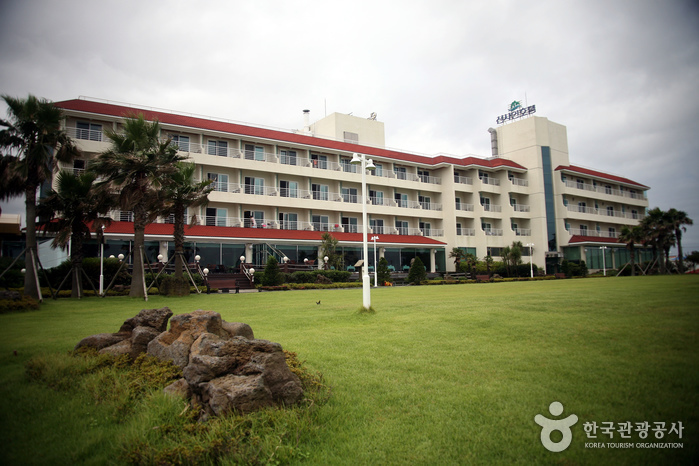
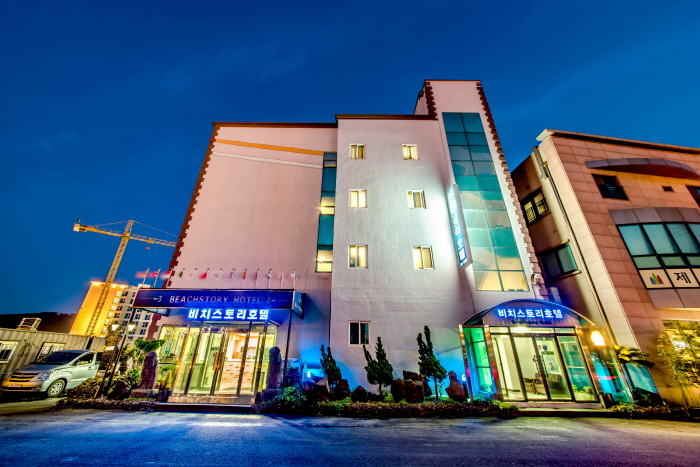
![Olive Young - Jeju Hamdeok-ri Branch [Tax Refund Shop] (올리브영 제주함덕)](http://tong.visitkorea.or.kr/cms/resource/65/2887665_image2_1.jpg)
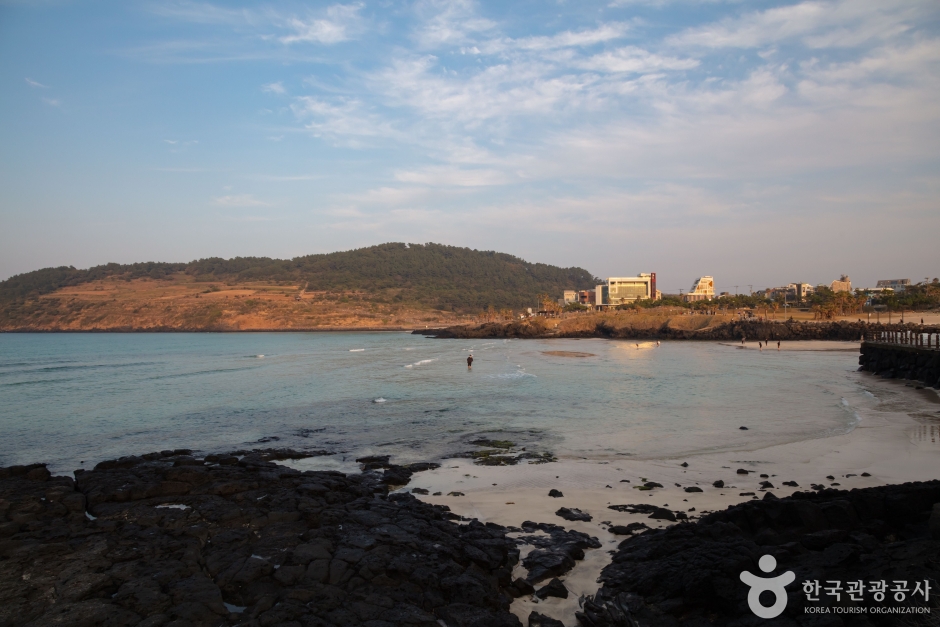
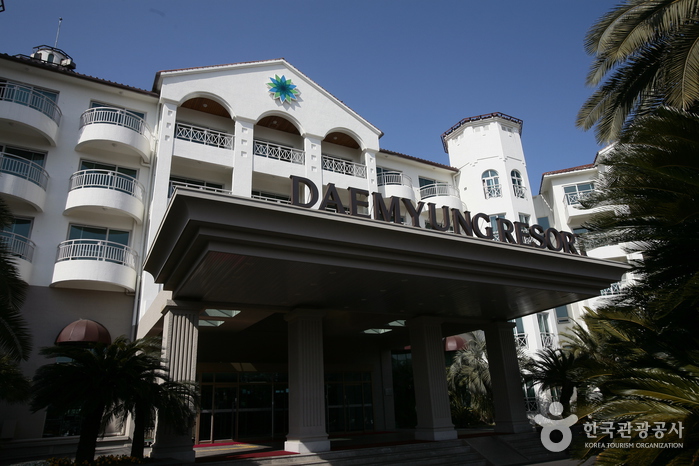
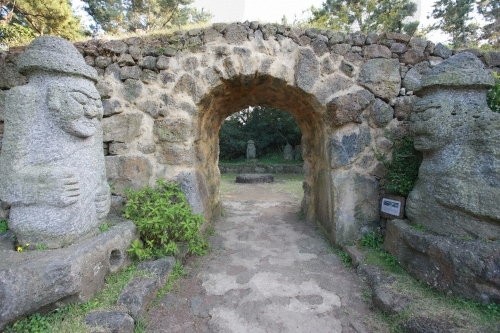
 English
English
 한국어
한국어 日本語
日本語 中文(简体)
中文(简体) Deutsch
Deutsch Français
Français Español
Español Русский
Русский